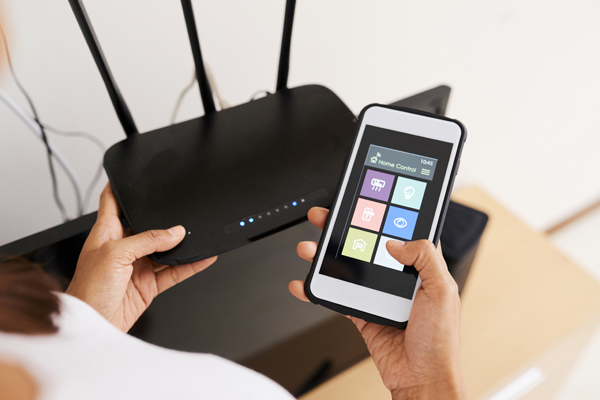How to use Wi-Fi 6 to accelerate enterprise innovation and transformation

How to use Wi-Fi 6 to accelerate enterprise innovation and transformation
The expansion of Wi-Fi 6 to 6GHz is further attributed to the growing demand, Wi-Fi 6E has generated unprecedented interest among regulators around the world and is widely adopted in product, service provider and enterprise deployments. More than 2.3 billion Wi-Fi 6 products and 350 million Wi-Fi 6E products are expected to enter the market in 2022, and more than 15% of Wi-Fi 6 shipments this year will also be Wi-Fi 6E.

In 2022, Wi-Fi Certified 6 adds enhancements to best serve advanced use cases. Wi-Fi 6 and Wi-Fi 6E are optimized to meet today's connectivity needs and support a steady stream of new product and service innovations.
Two years ago, the United States opened up the 6GHz band for Wi-Fi. Since then, more than 60 countries in the Americas, EMEA and APAC have or are considering offering this band for Wi-Fi. The Wi-Fi 6E ecosystem is rapidly expanding, and its certification helps ensure global interoperability of devices no matter where they are deployed.
For example, some countries, including Brazil, Canada, South Korea, and Saudi Arabia, have provided higher and lower 6GHz frequency bands (5925-7125MHz) for Wi-Fi 6E. By offering the full spectrum, some countries, such as Saudi Arabia, are looking to harness the full potential of Wi-Fi 6E, noting that Wi-Fi is critical to their populations. Other countries have opened up the lower part of the band (5925-6425MHz), and these are ultimately popular, but Wi-Fi 6E and future generations will realize its full potential by using the entire 1200MHz spectrum in the 6GHz band.
The global Wi-Fi 6 market size is expected to grow. According to a market research firm, Wi-Fi 6 will grow from $11.5 billion in 2022 to $26.2 billion in 2027, with a global market compound annual growth rate of 17.9%. Its main suppliers include Cisco, Intel, Broadcom, NXP, Huawei, Qualcomm, Murata, MediaTek, etc.
These players have employed various growth strategies such as developing partnerships, business expansion, mergers and acquisitions, and new product launches to expand their share of the Wi-Fi 6 market. From 2019 to 2022, developing partnerships and new product launches were the most adopted strategies by major players, which helped them innovate their products and expand their customer base.
Wireless Local Area Network (WLAN) technology based on the IEEE 802.11 family of standards is one of the most successful wireless communication technologies in the past two decades. It is essentially based on an OFDM access scheme and typically operates on license-exempt frequency bands such as 2.4 GHz, 5 GHz and 60 GHz, which carry a significant portion of the traffic from various devices in today's and future wireless communication networks.
The sixth-generation Wi-Fi (Wi-Fi 6) based on the IEEE 802.11ax standard represents an increase in its communication efficiency and will also operate on the newly introduced 6GHz spectrum (Wi-Fi 6E). In addition, the standardization of the seventh generation (Wi-Fi 7) has begun, with the goal of achieving extremely high throughput (IEEE 802.11be).
Wi-Fi 7 was developed to focus on Wi-Fi's extremely high throughput, which means that it is expected to support up to 30Gbps throughput, about three times that of Wi-Fi 6. In short, Wi-Fi 7 will provide entire venue coverage with range enhancement and higher performance, even in the most demanding environments.
The industry believes that although there are high expectations for the 6GHz spectrum, in the next step, many users may directly bypass Wi-Fi 6E and enter Wi-Fi 7 enterprise products. One reason is that mass production of Wi-Fi 6E will be a challenge. With MediaTek releasing its first Wi-Fi 7 chip in the first half of this year, enterprise-grade products are just around the corner.